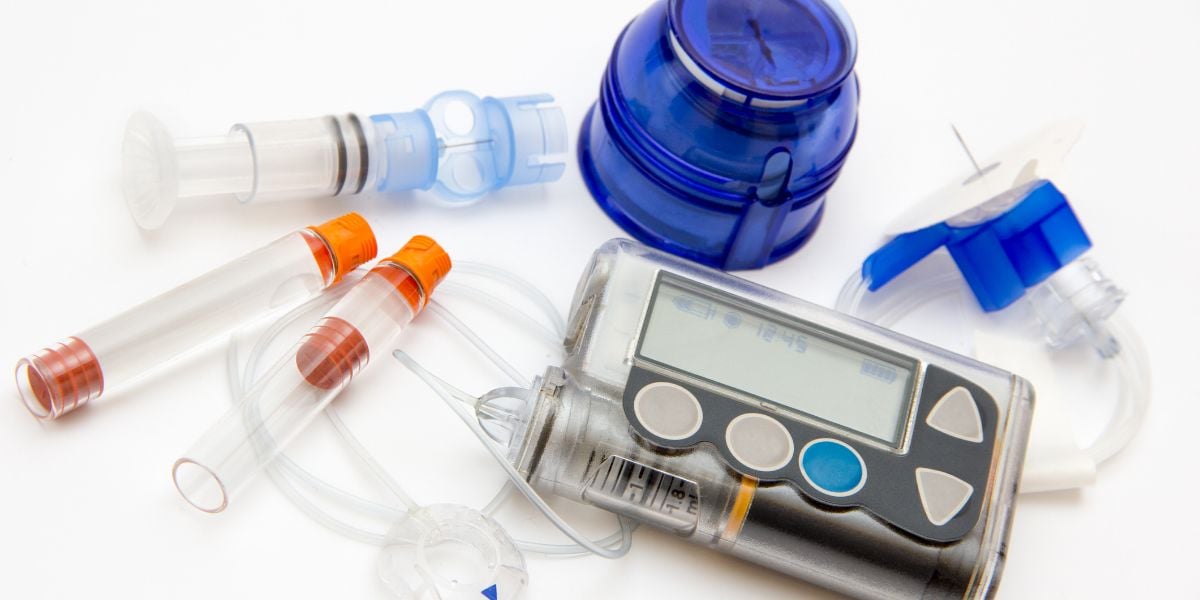Insulin pumps are an incredible tool for managing type 1 diabetes and have changed the lives of many patients. They’re a modern marvel that allows you to inject insulin into your body through a small tube rather than having to use syringes or pens. But as with most technology, there are accessories that can make them even better and more efficient for you! The following is a list of products that is strongly recommend adding to your insulin pump parts kit:
Blood Glucose Meter
You can use your blood glucose meter to test your blood sugar levels and help manage diabetes. There are two types of blood glucose meters: fingerstick and point-of-care. Fingerstick meters require you to prick your finger, while point-of-care meters use a drop of blood that’s collected on a strip (similar to how a home pregnancy test works).
Infrared Adapter
An infrared adapter is a small device that attaches to your insulin pump or CGM system. It uses infrared light to measure your blood glucose level using a drop of blood from either the finger or palm. This is especially helpful if you’re unable to calibrate often due to work, travel or other reasons.
Because it doesn’t require calibration and uses only a small amount of blood, this type of monitor can be used for both insulin pumps and continuous glucose monitoring devices (CGM).
Tandem Diabetes experts say, “You can also protect your insulin pump with the screen protector.”
Lancing Device
You can’t go wrong with any lancing device. You’ll be good to go if it’s comfortable, easy to use and clean. Many people prefer the Freestyle Lite because of its thinness and small size. It also has a built-in blood glucose meter, which simplifies things—plus, it comes with 100 test strips!
This allows you to connect your insulin pump directly to a meter without needing cables or wires. This is great if you want something easy and portable while still getting accurate readings in just five seconds flat (or less).
Continuous Glucose Monitor
A continuous glucose monitor (CGM) is a device you insert under the skin to measure your blood sugar. It connects wirelessly to an insulin pump, which then delivers insulin based on the readings from the CGM.
These devices are relatively new, and not all patients can use them. So if you have type 1 diabetes and are considering this option, talk with your doctor about whether it’s right for you.
The sensors in these devices are coated with enzymes that react with chemicals in sweat or tears to detect how much glucose is present in the fluid at any given time. The sensor sends information via radio waves to a transmitter attached to an external receiver worn on a belt or carried in hand; this process takes place every few minutes while you’re awake and active throughout each day and night, recording countless measurements over time to create an overall picture of your blood sugar trends over days or weeks at a time—or even longer if desired!
Insulin pumps are an alternative to injections, and they offer many benefits. They allow you to take control of your diabetes management, but you need to keep your pump up-to-date with accessories that will make it easier for you to use.

